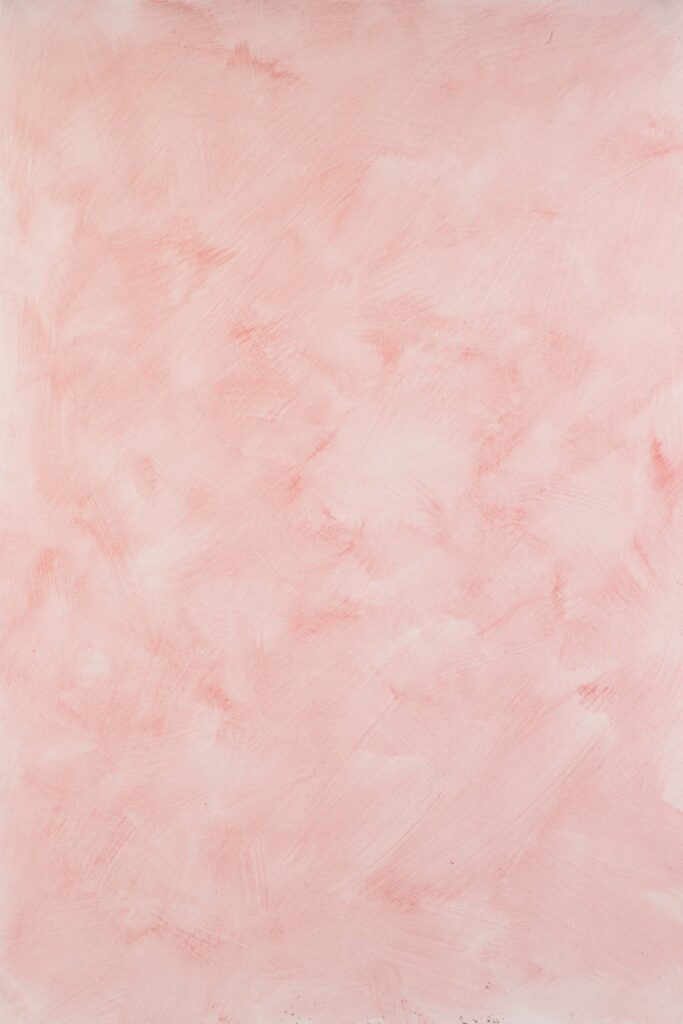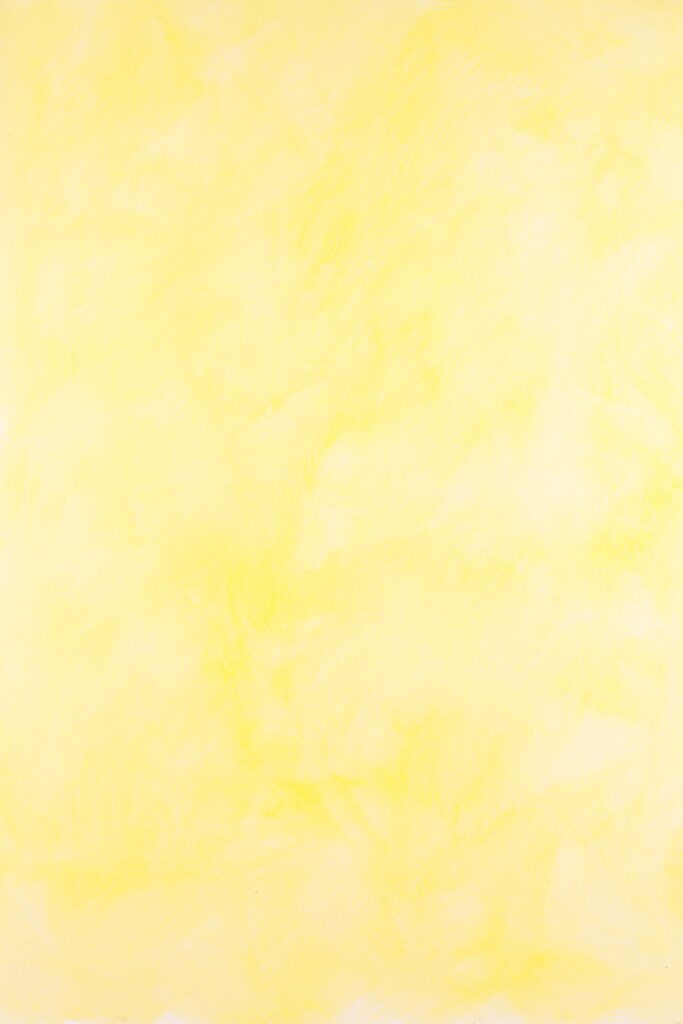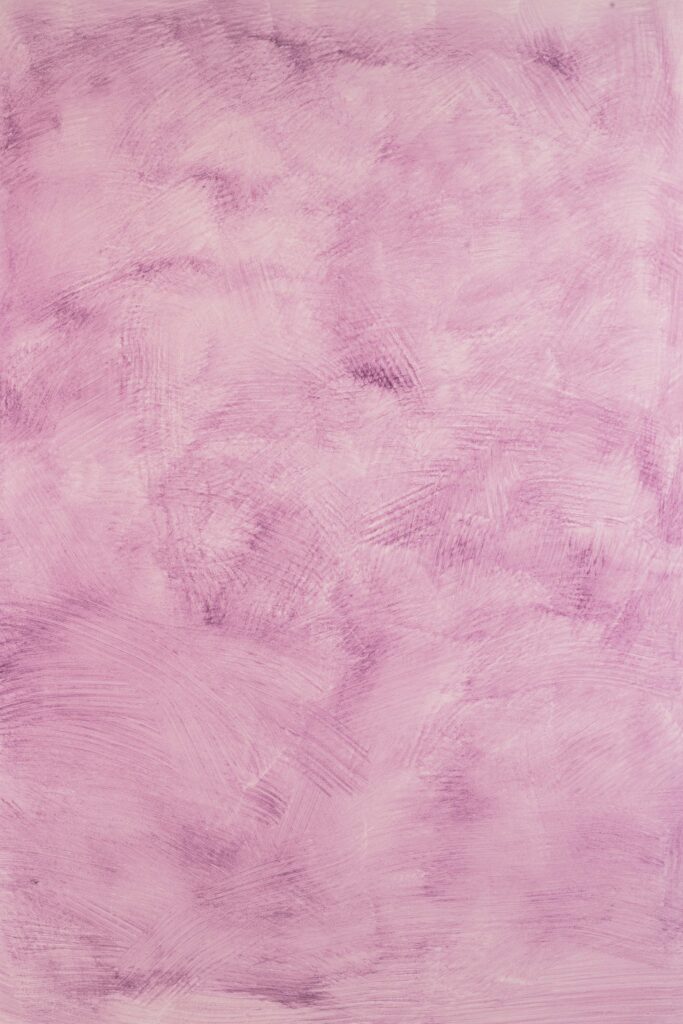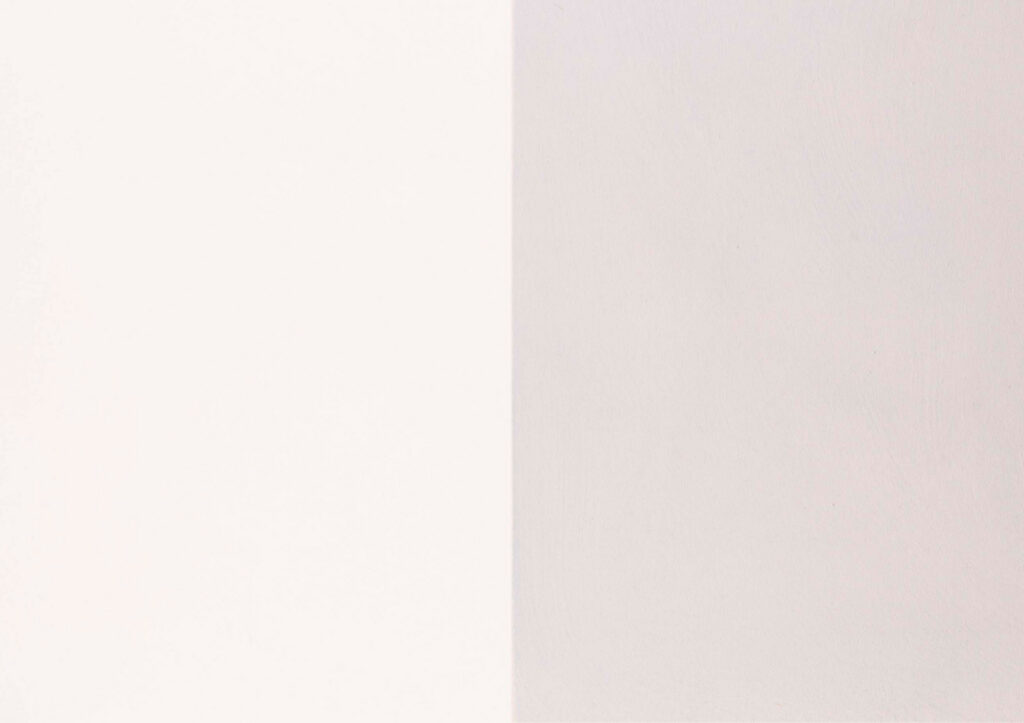Instructions
Applying wall glaze plant paint - Living walls
Preparation
The substrate should be white or light-colored.
Adjust the wall glaze plant paint to the desired color intensity with water. The color intensity of the glaze paint can be diluted with water up to approx. 1:3.
For greater dilution, we recommend adding AURO Wall glaze binder No. 379. Supplied as a concentrate, it can be diluted approx. 1:7 with water beforehand.
Coating technique
The glaze application can be carried out using various techniques, – When glazed on top of each other, the wall glaze plant colors have a particularly intense color effect. By layering different color tones, secondary color tones are achieved (e.g. yellow glazed on blue appears green).
Moisten a paintbrush, squeeze it well and dip only the tips of the bristles into the mixed, water-thin paint.
Then beat well so that the paint does not run out. Spread the glaze over the wall in a quick circular motion “figure of eight”.
By glazing several layers on top of each other, an almost three-dimensional depth is created. Each layer must be thoroughly dry.
Variety of colors

Wall glaze plant color 360-49
Cochineal red

Wall glaze plant color 360-38
Madder red (blue tone)

Wall glaze plant color 360-11 Reseda yellow

Wall glaze plant paint 360-61
Leaf green

Wall glaze plant color 360-41
Indigo red violet
2 orders

Wall glaze plant color 360-29
Madder orange
Any combination
All shades can be combined and glazed on top of each other in several layers. The special transparency of the pigments and the diverse processing techniques result in unique, individual one-offs. With several layers, you can create “living” walls that differ significantly in their effect from one-dimensional, single-colored painted walls.
All shades at a glance

Wall glaze plant color 360-51 indigo blue 1st and 2nd application

